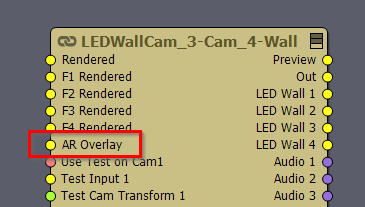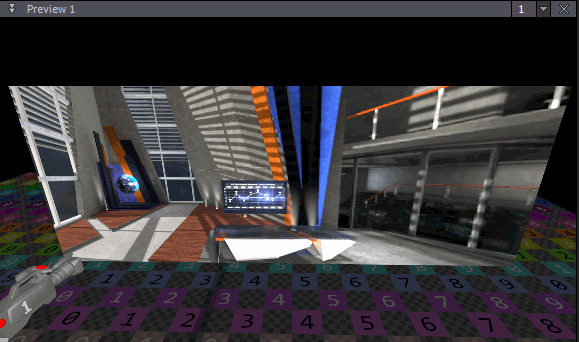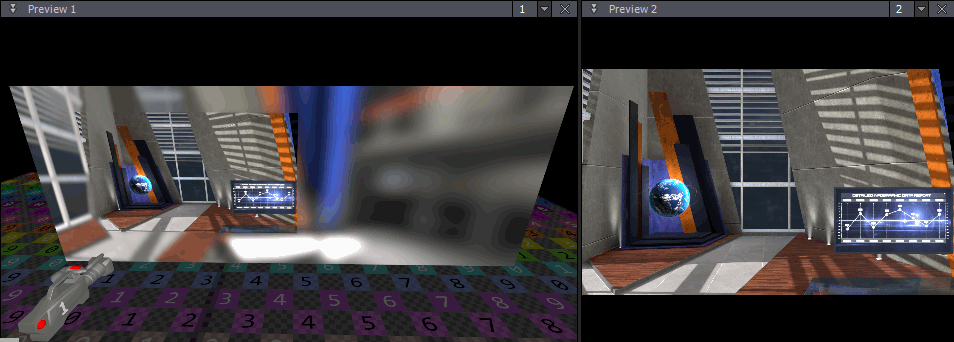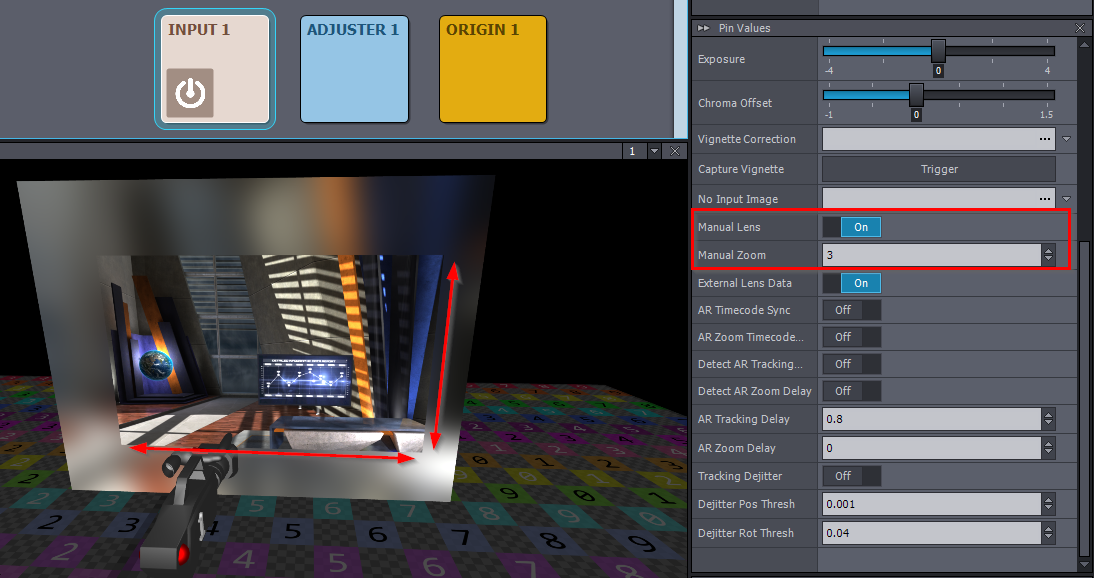1. Is the LEDwall solution for digital expansion aimed at small LEDwalls. There is no need to use digital expansion and tracking devices for large LEDWall because cameras can record and do not require computer synthesis.
2. I tried adding objects to Unreal Engine, which are always blocked by characters; And adding AR objects in Aximmetry will always block people, is this normal?
3. Does LED currently not support multi camera shooting?
4.When moving a scene, there is always a delay, is it caused by the delay in the signal collected by the camera?
Thanks.






I don’t understand most of your questions, so maybe try to elaborate?
You definitely need camera tracking in large volumes as well, even if you don’t use Set extension.
Multi cam is definitely supported. You should start with reading the documentation to get a better understanding of workflows: https://aximmetry.com/learn/virtual-production-workflow/preparation-of-the-production-environment-phase-i/led-wall-production/introduction-to-led-wall-production/